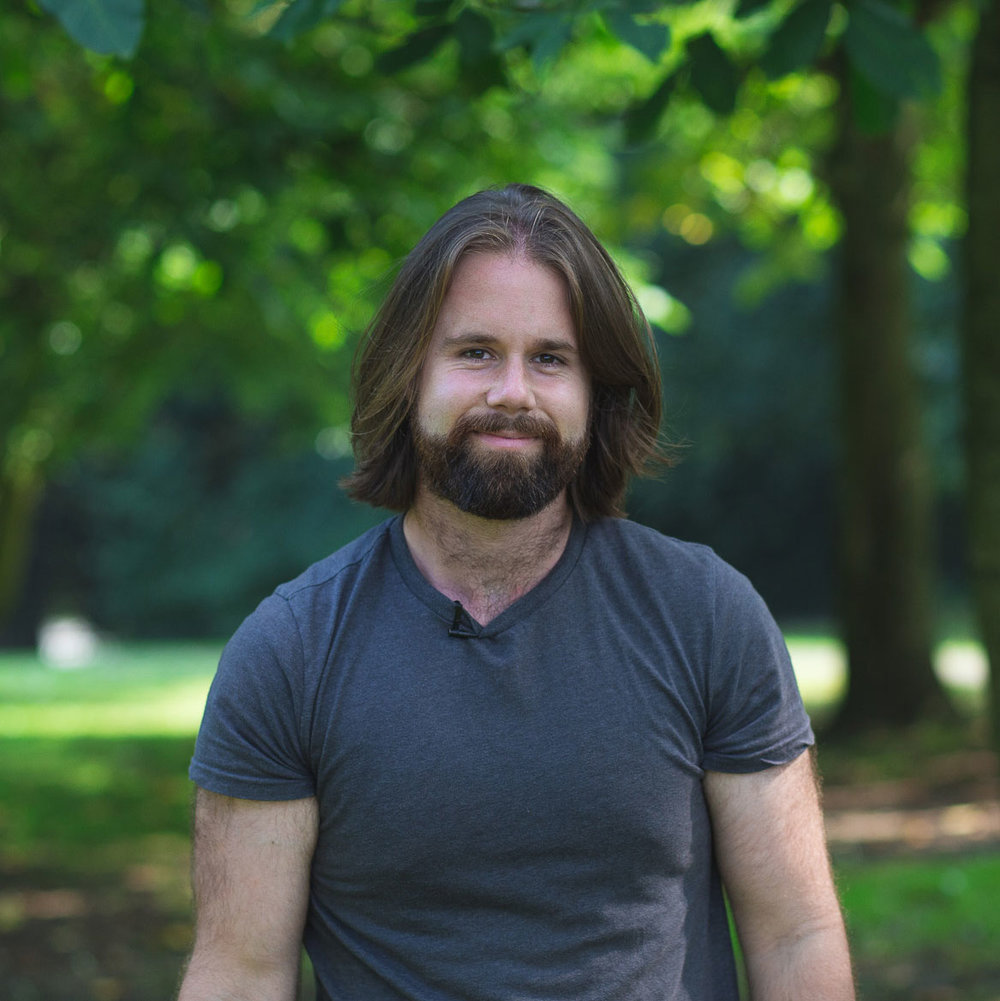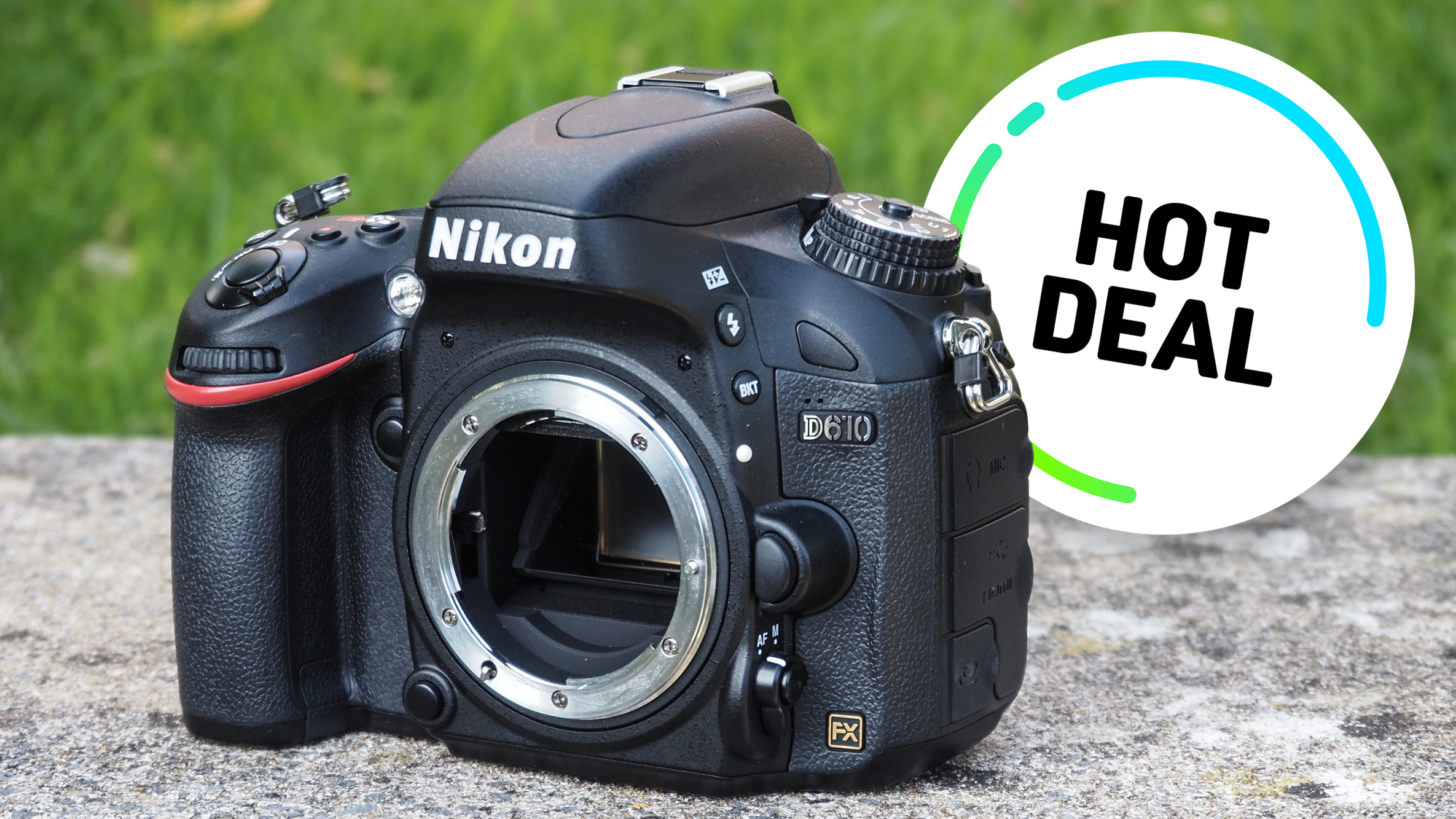This month at Nikon School: Getting started with Macro
We go behind the scenes on a Nikon School course in the Centre of Excellence to learn the basics in the art of macro photography
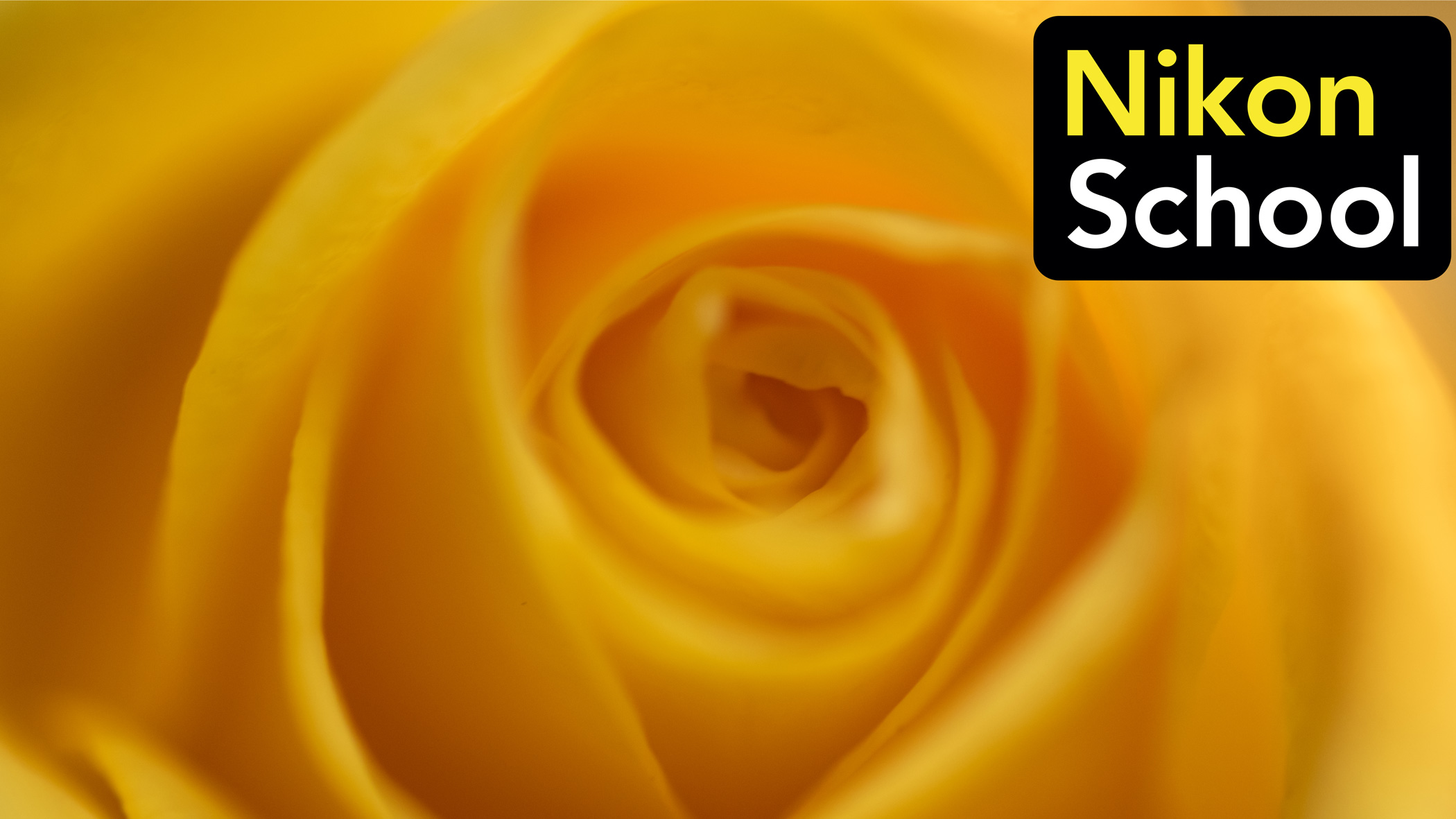
Nikon School is a venue for photography training that aims to educate and inspire. Their workshops cater for every level of photographic ability, whether you are a beginner, keen amateur or professional photographer.
We’ve joined Nikon School UK in the Centre of Excellence in London for their ‘Getting started with macro photography’ course. The day started in their basement studios at the Centre of Excellence with a quick briefing on the theory of macro photography before moving onto the work stations in the centre for the morning, followed by an afternoon visit to the local park for wilder subjects.
1. Get yourself a macro lens
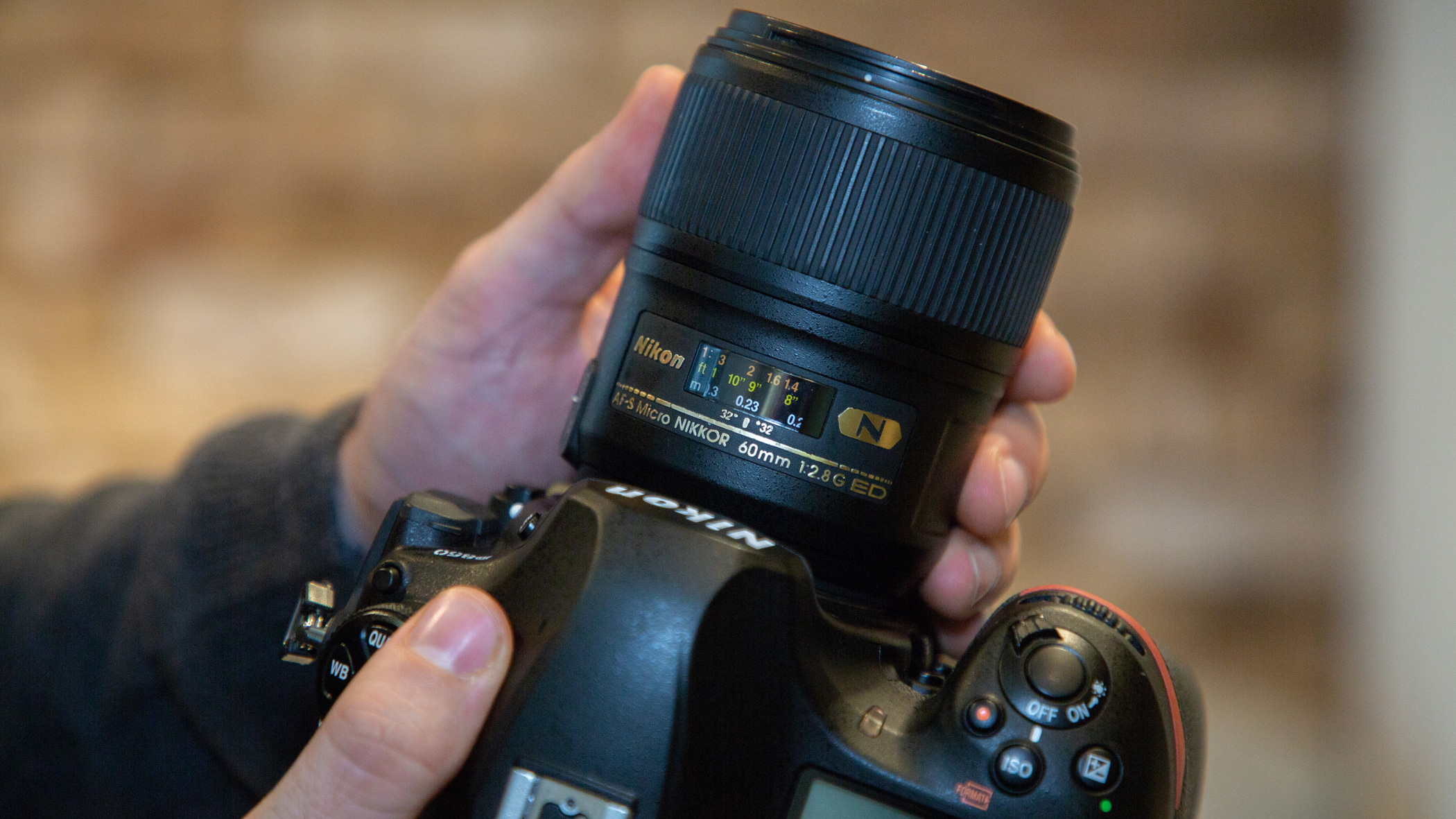
The most important part of choosing your kit for macro photography is, arguably, using the right lens. The longer your focal length, generally, the longer your working distance – the distance at which your image is 1:1 when focused on the subject. That’s great for live creatures, but since we were shooting static subjects, we chose the 60mm f/2.8 because longer focal lengths also give a shallower depth of field and we wanted to capture as much of the subject in focus as possible, something which we also had to remedy with a narrow aperture.
2. Narrow your aperture
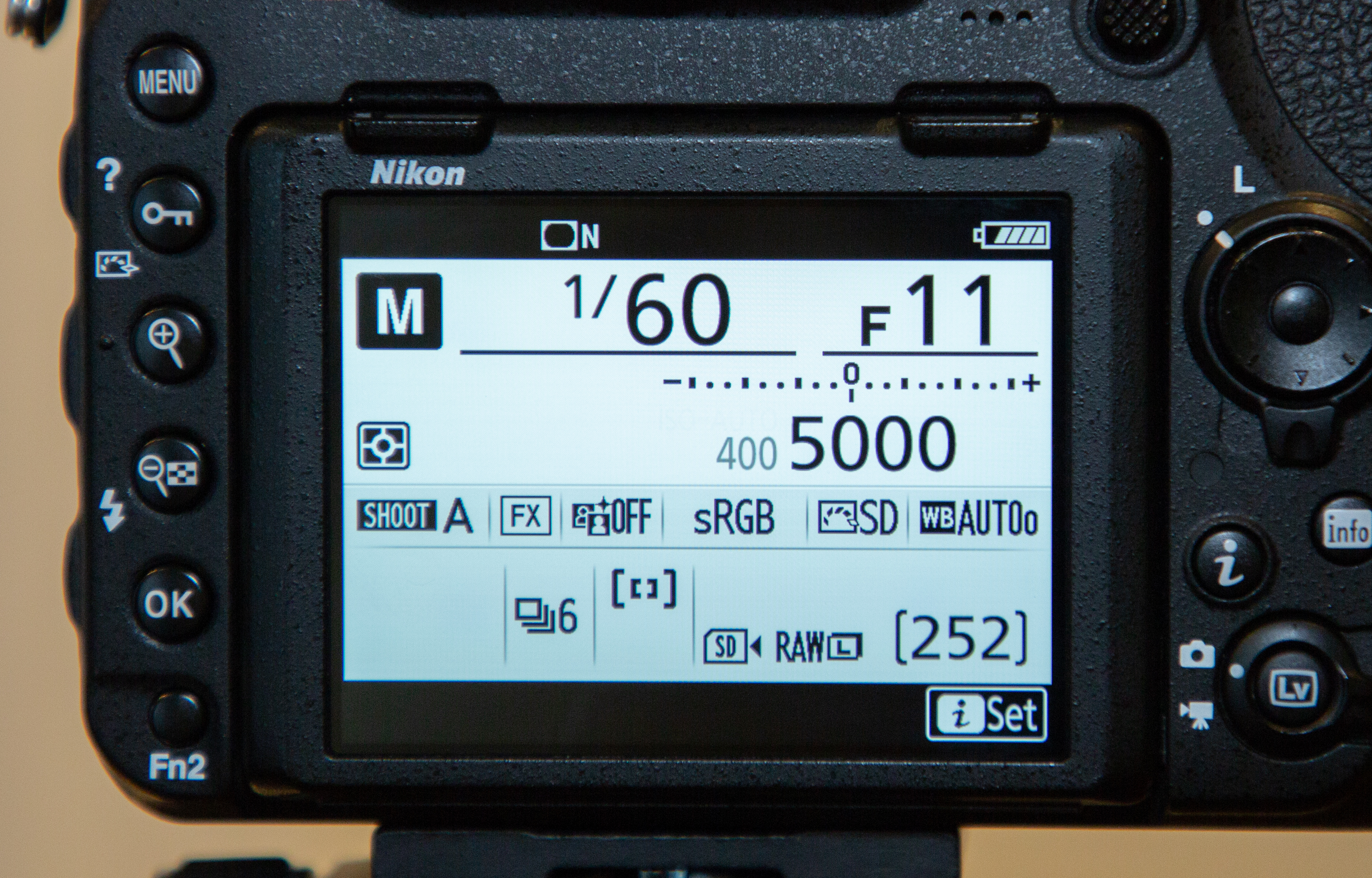
We needed a narrow aperture such as f/11 to ensure a long enough depth of field to keep the subject sharp. Abiding by the law of reciprocals we used a minimum shutter speed of 1/60 sec because our lens was 60mm in focal length, and engaged Auto-ISO to balance the exposure for us.
3. Look for the light

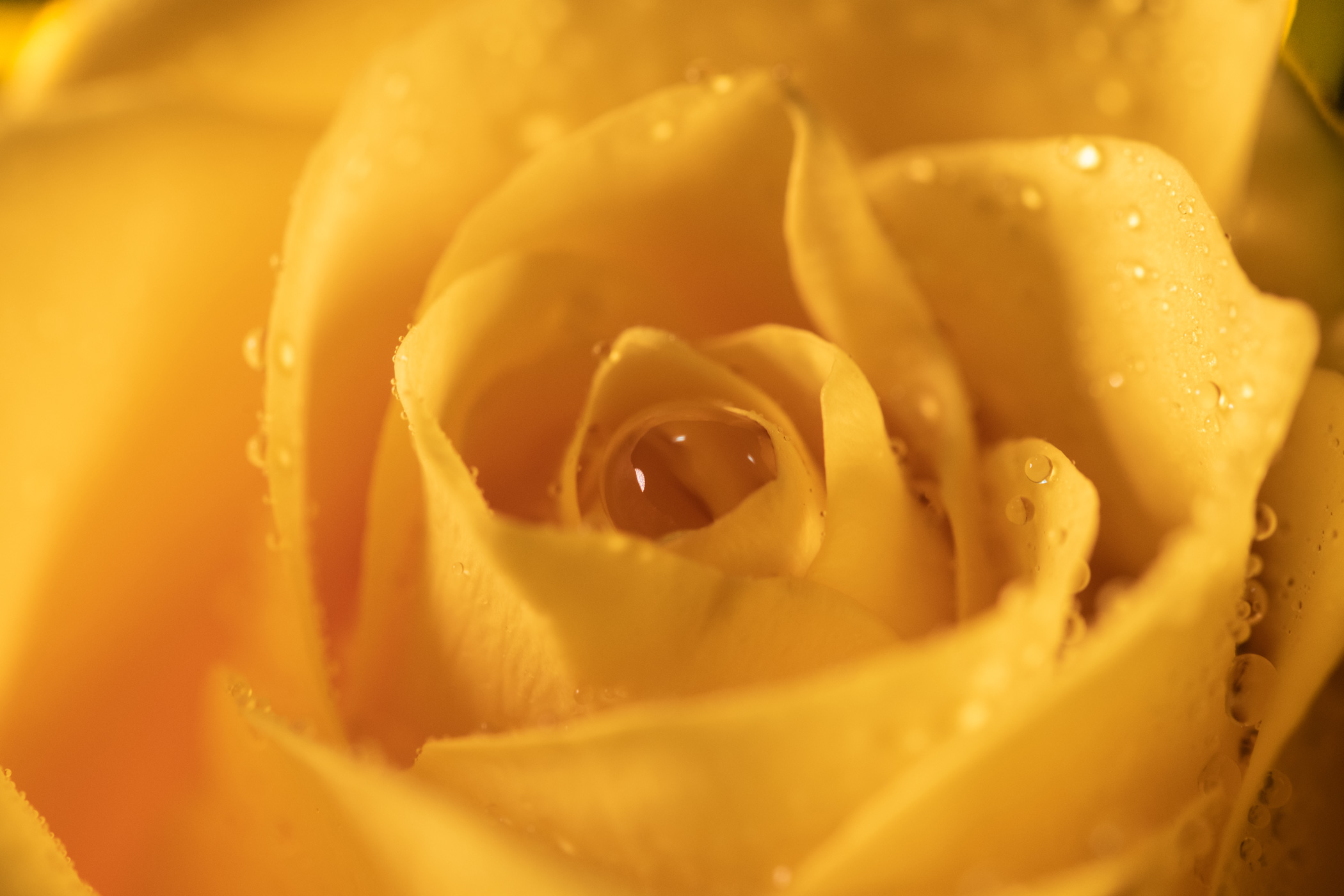

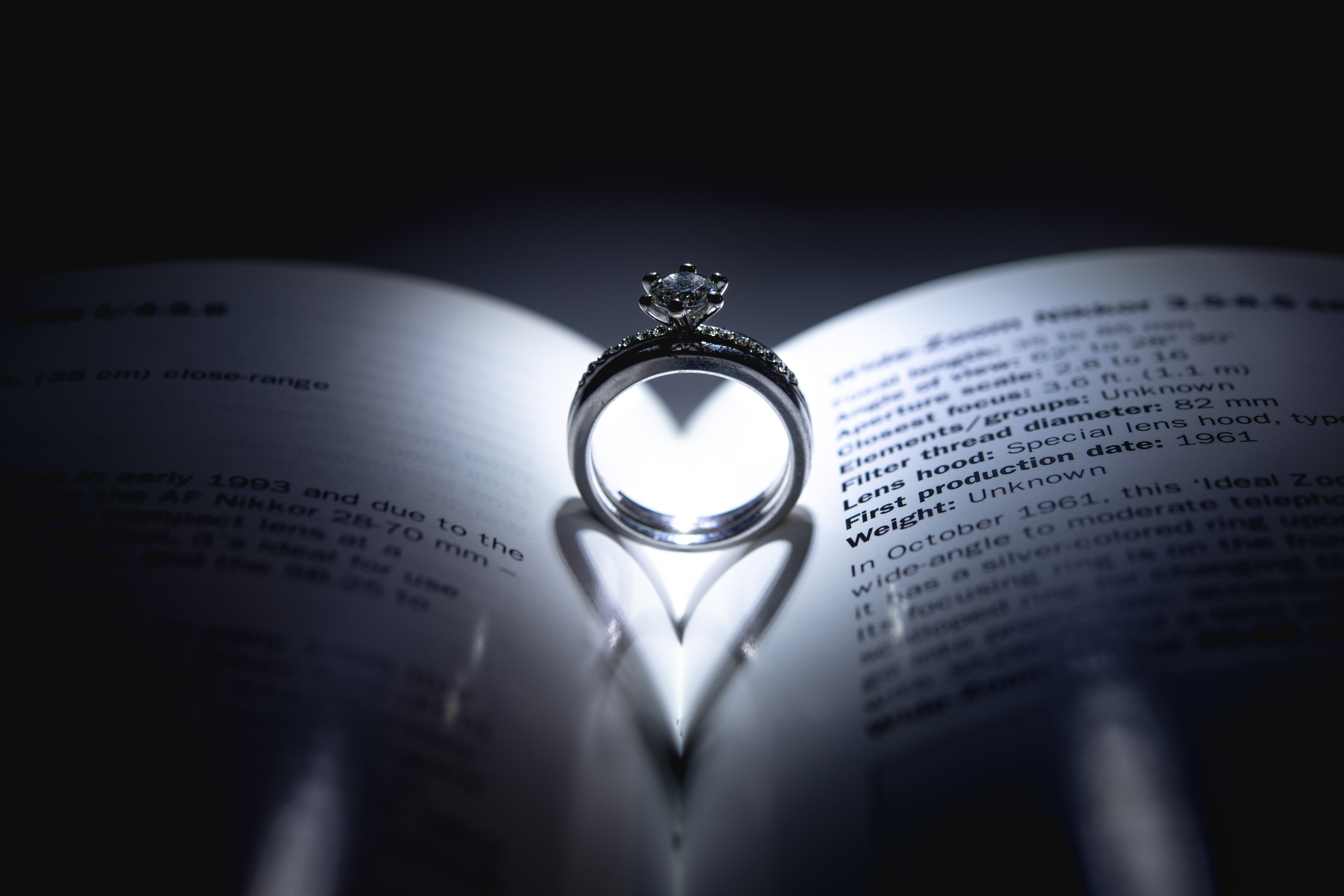
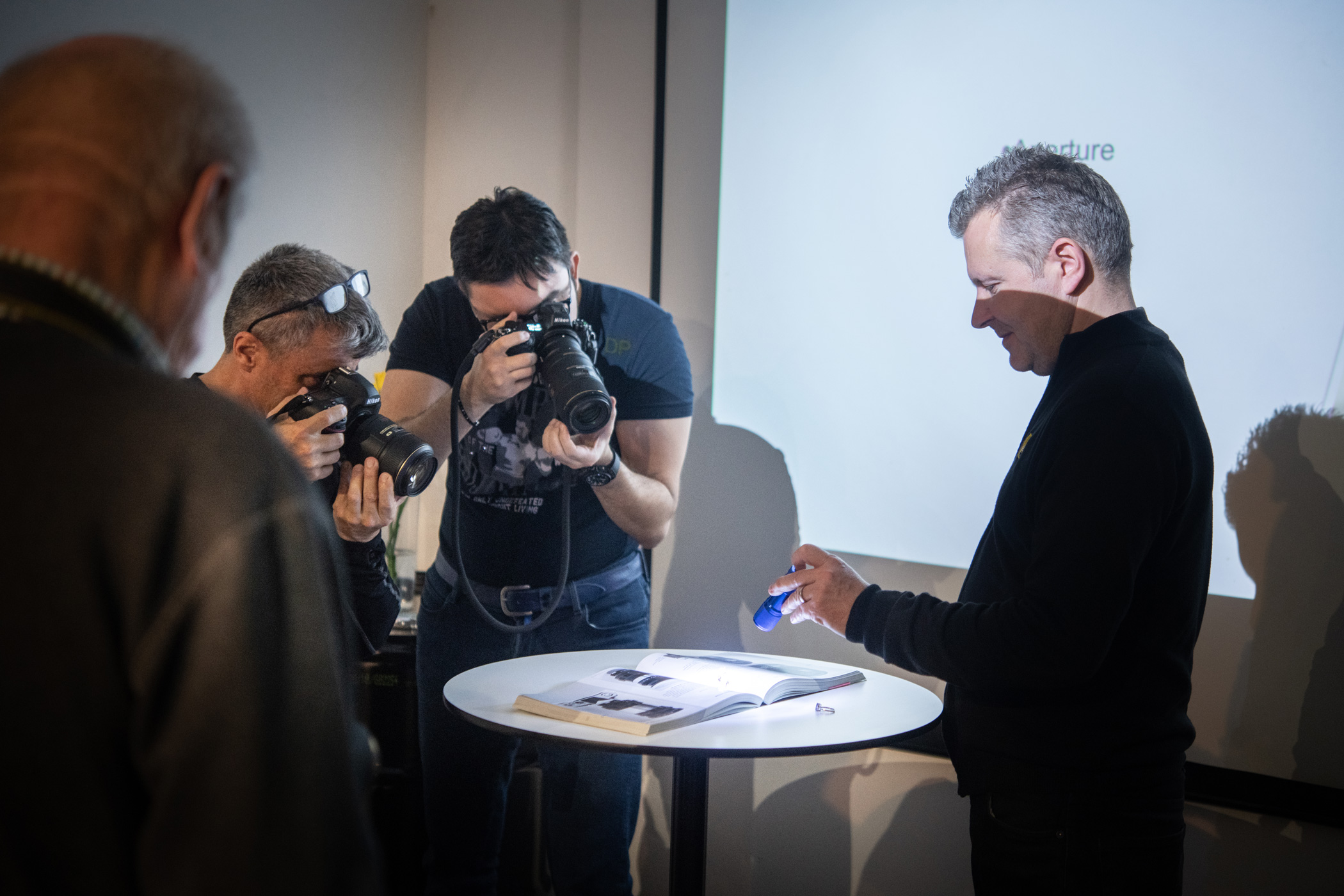
Rotolight Aeos LED lights were placed next to the shooting stations in the studio to provide a soft, diffused light which wrapped around the subjects. However, sometimes more directional light is necessary for shadow play. By backlighting a ring placed on an open book with a torch, the crisp shadow cast in front of the ring takes on the shape of a heart.
4. Change up your settings
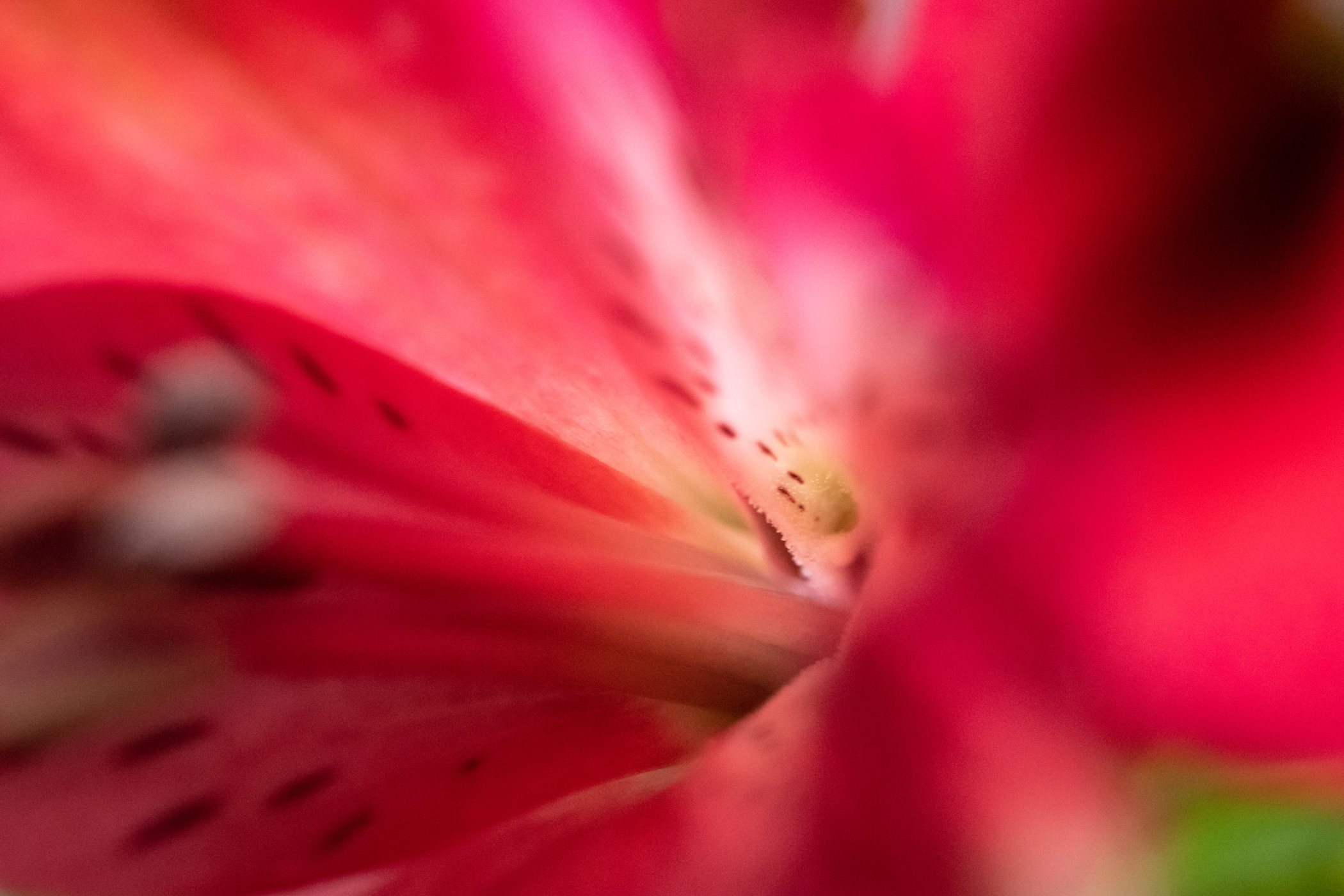
Sometimes, intentionally opening the aperture of your lens down to as much as f/2.8 creates a pleasing and artistic shallow depth of field which throws much of the subject out of focus. Using this shallow plane of focus creatively you can create pleasing soft-focus macro photographs.
5. Take yourself outside
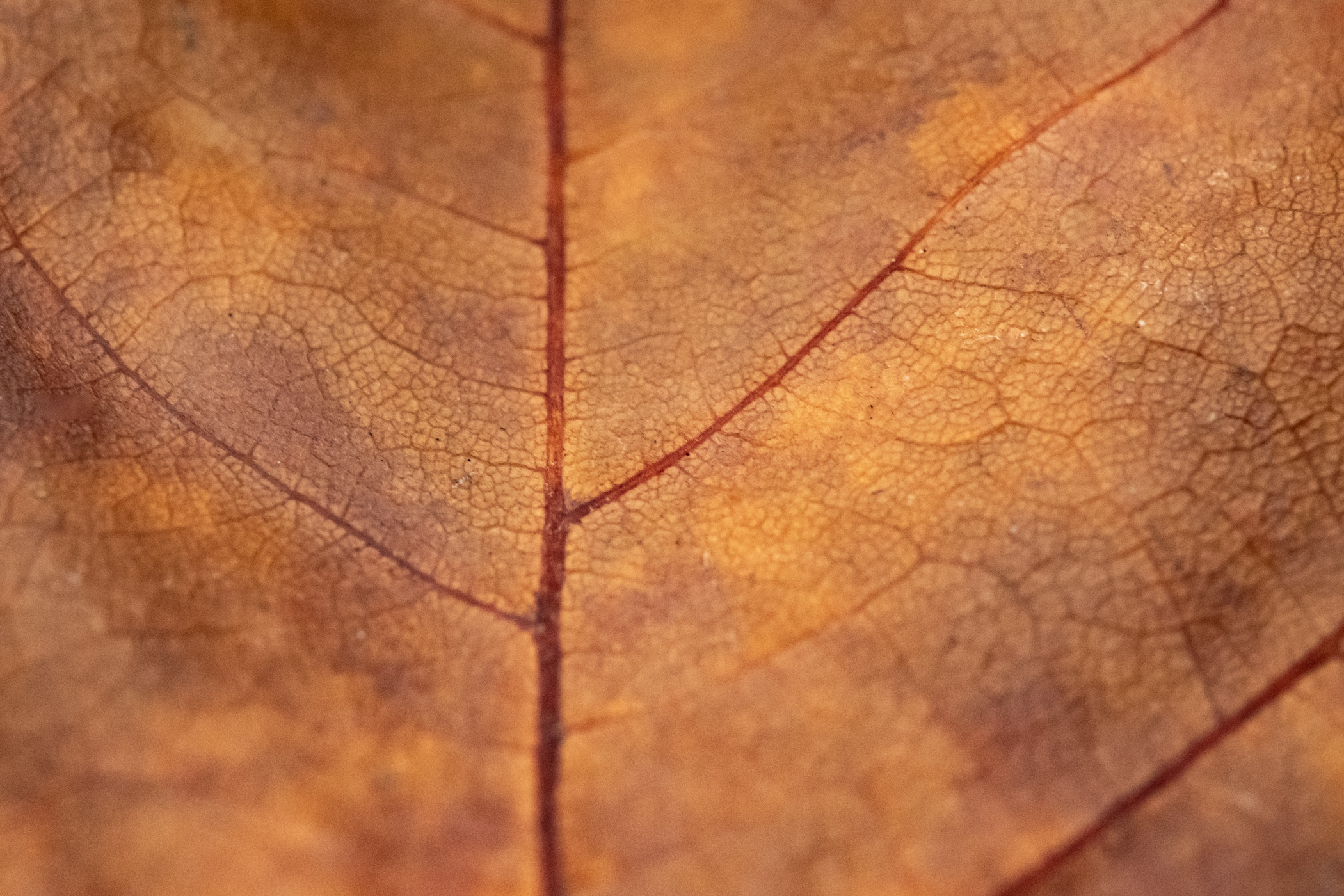
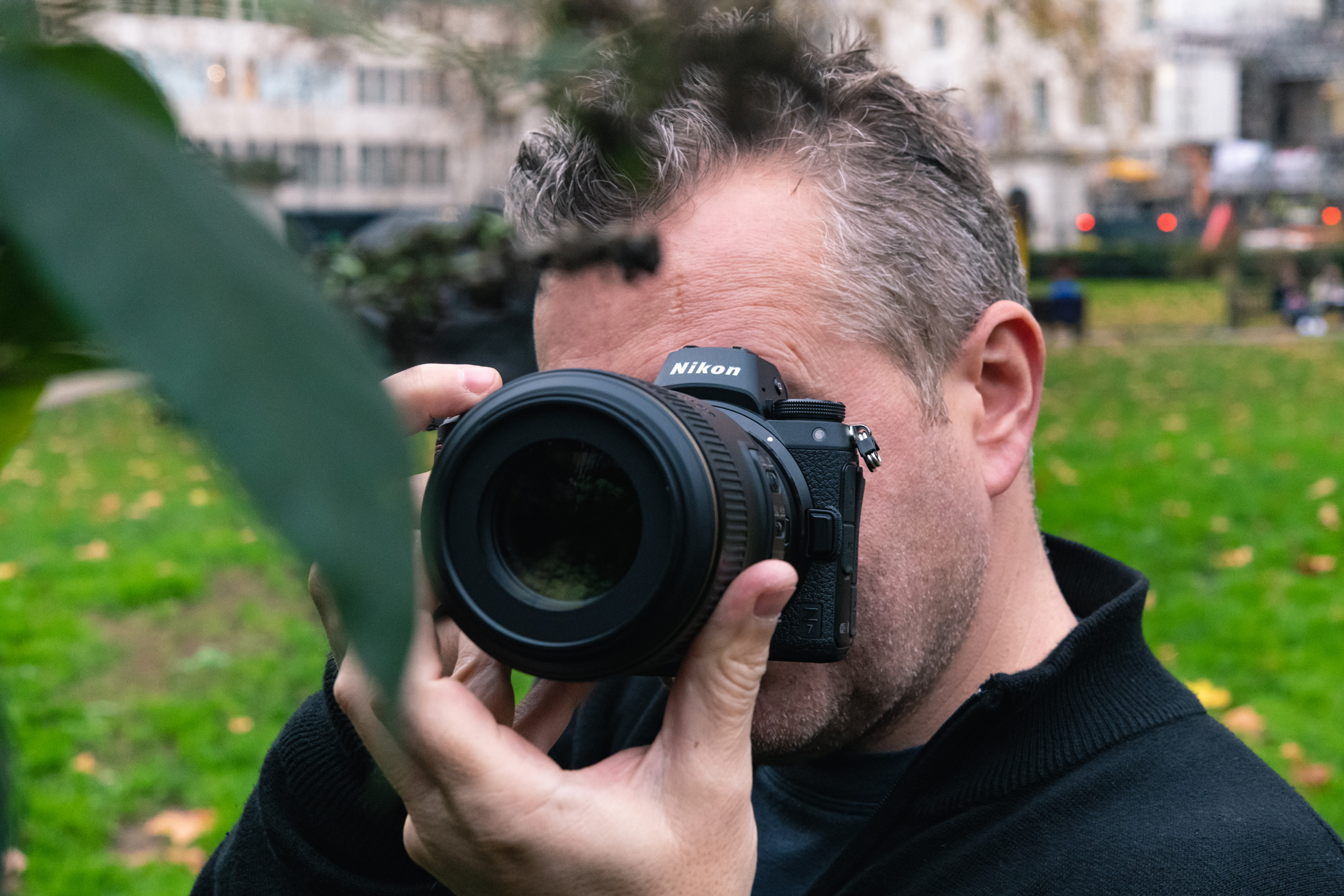
On days with bright but overcast weather, make sure you head outside to take your macro shots. The cloud cover diffuses the sun light so much that it's like having a giant soft box overhead lighting everything around you. Even on days with harsh sunlight and deep shadows it's possible to pull a lot of detail out of the dark shadows when shooting on a modern Nikon camera like the Z 6 or Z 7 mirrorless cameras.
6. Use your screen to focus
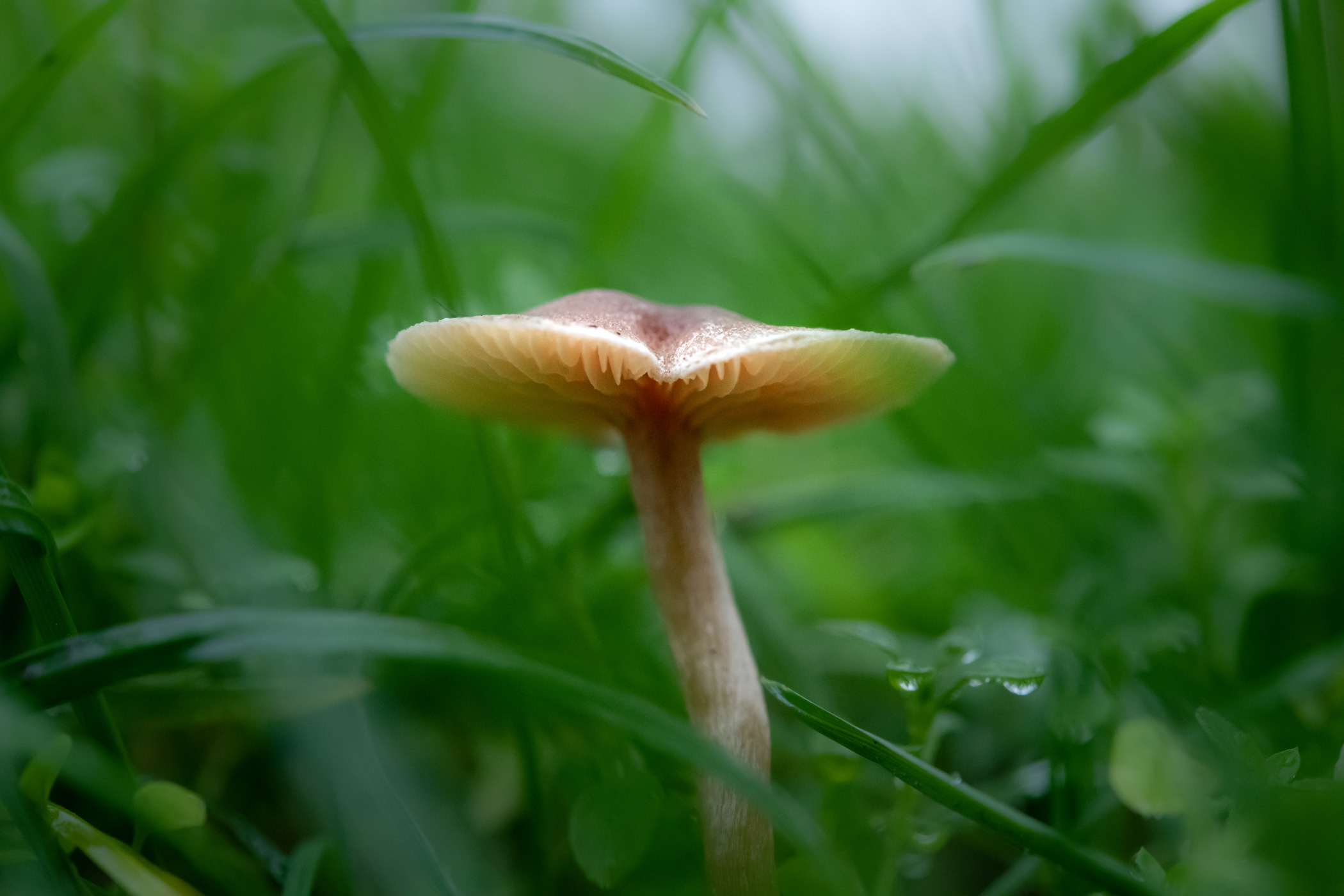
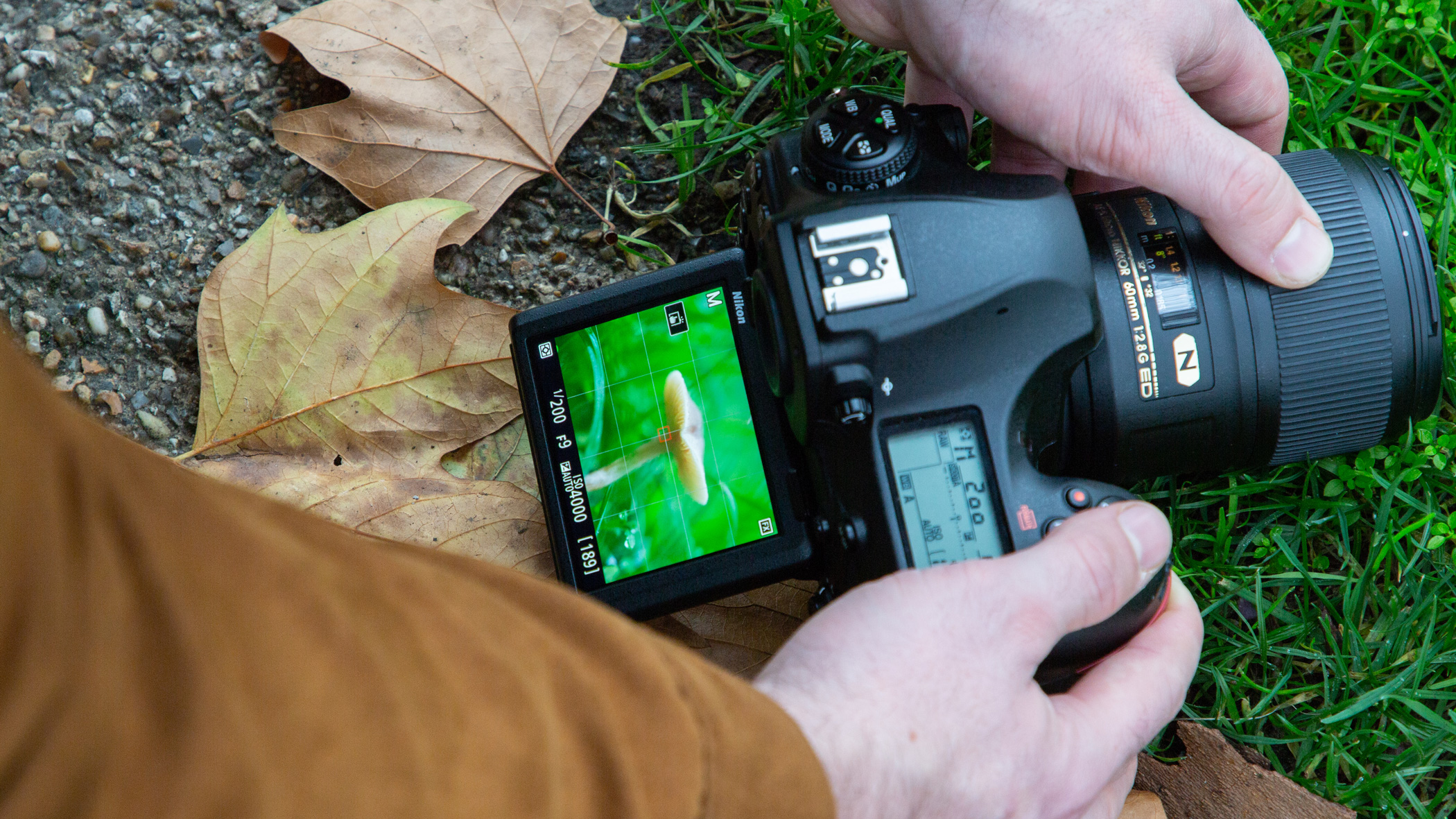
We spotted a small fungus in the grass, so placed the Nikon on the ground and composed using Live View. We focused by zooming in and adjusting the focus ring for critical sharpness on the front edge of the fungus before taking the picture.
7. Take advantage of the latest gear
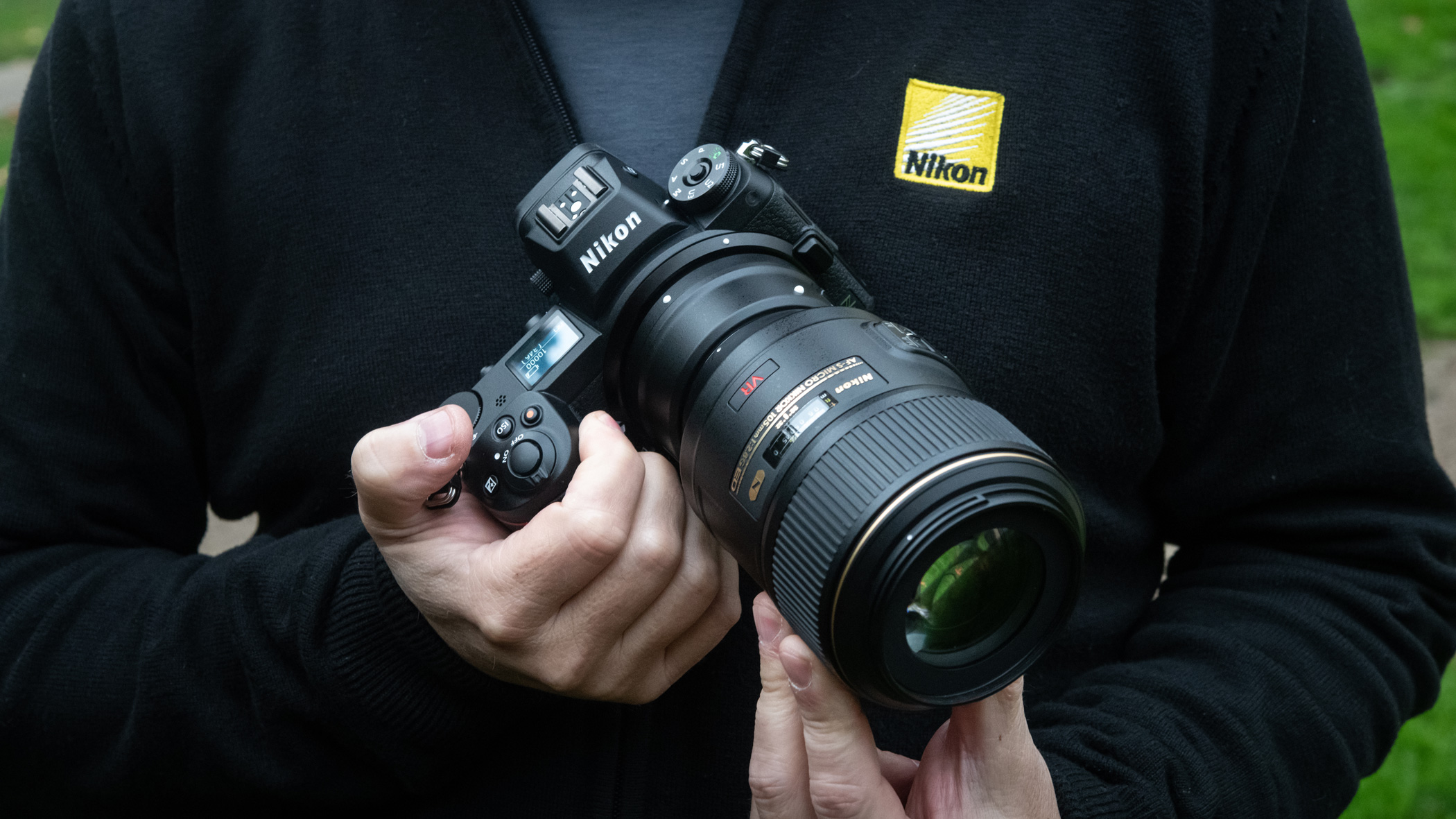
When attending a Nikon School UK course you'll be shooting on your own camera body and lenses to learn how to make the most of the gear you've got for the best photos you can achieve. However, should you wish to try any of the latest gear, for example, if you don't yet have a macro lens, you can borrow kit on the day to try it out and make the most of your course booking.
Why not book onto your own Nikon School course?
Whether you're a beginner wanting to learn their camera for the first time, or a pro that wants to brush up on a few things, head over to the Nikon School site to book in for your own course, just visit Nikon School's website .
If you'd like to book on your own macro photography course, visit Nikon School's Macro photography page.
You can read more about this shoot in issue 94 of N-Photo magazine, on sale 17 January 2019 available in all good stockists. You can even buy it online in print and digital editions on My Favourite Magazines.
Get the Digital Camera World Newsletter
The best camera deals, reviews, product advice, and unmissable photography news, direct to your inbox!
Jase Parnell-Brookes is an award-winning photographer, educator and writer based in the UK. They won the Gold Prize award in the Nikon Photo Contest 2018/19 and was named Digital Photographer of the Year in 2014. After completing their Masters Jase has spent a good chunk of two decades studying and working in photography and optics shooting and writing all over the world for big-name brands and media outlets. Now the Channel Editor for Cameras and Skywatching at Space.com their speciality is in low light optics and camera systems.
